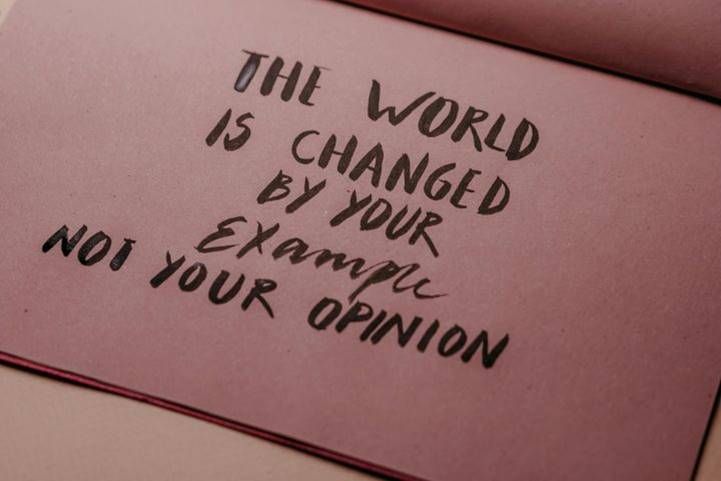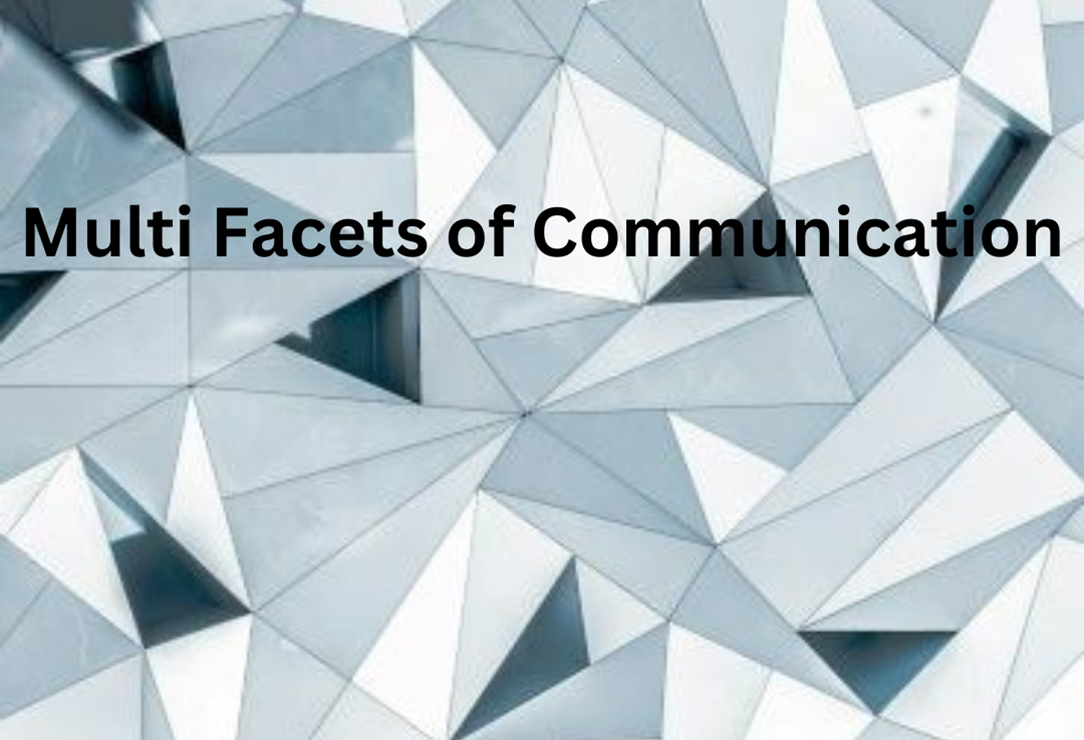Silent RX Leadership
June 13, 2025
The saying “actions speak louder than words” is true in the role of leadership because leaders don’t always need words to communicate.
There are many silent ways they can make connections, transfer information, and get things done.

Handshakes, gestures, smiling, eye contact and facial expressions are some of the silent treatment skills a leader can use.
A genuine handshake or a simple smile implies trust and builds connections, because it’s a warm greeting instead of a cold “hello” or “how are you today?” as you scurry by.

People need to feel that they’re working in a psychologically safe environment, and leaders who support their team members just by being present for them help to create that environment.

Active listening-which involves giving someone your undivided and uninterrupted attention while they speak-not only makes the person feel heard and respected, but allows the leader to learn more about the person (how they think and work) and aides in building a connection with them.

Leaders can inspire, influence, or encourage team members simply by setting the example they want them to follow. When they lead by example, they both model and serve to create the work culture that ultimately surrounds them and their team.

A leader’s look, posture, or gestures can speak volumes without saying a word. These convey emotions the leader is feeling and can intimidate or shut people down. Leaders must become aware of their impact and intentionally practice positive behaviors that make connections, build trust, teach, inspire, and motivate, because these are the behaviors that define good leadership.



Sometimes a hands-off approach by the leader produces remarkable results. When leaders give team members the freedom and trust to take risks and tackle projects independently, the benefits to the leader can be a more cohesive, innovative and productive working team.

Successful leaders use various methods for teaching new skills because they’re aware that people learn at different paces and in different ways. Demonstration is one of the most effective ways of teaching to be sure someone fully understands what’s expected of them.

Communication is the foundation upon which leadership is built and silent communication plays an important part.
The leader’s very presence, smile, eye contact, hand shake, posture, gestures, facial expressions and active listening skills all say something about their character and leadership ability.
Daily, the leader’s authenticity, confidence, empathy, motives, and emotional intelligence are revealed by their silent communication behaviors. These non-verbal cues are observed, weighed, and judged by others just as much as their spoken words, and in some cases even more.
When leaders practice being aware of their own silent communication behaviors and their impact on others, and strive to use these behaviors for positive influence and maximum leadership effectiveness, then they will harness the power of silent treatment leadership.
Presentation by:





